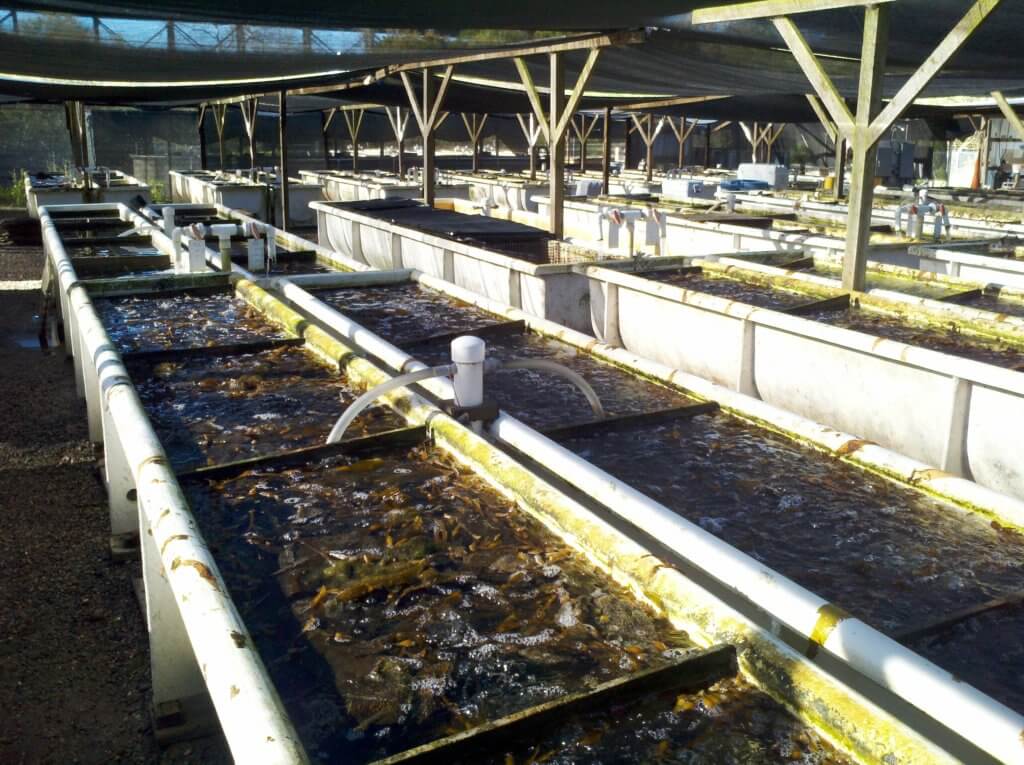Since 2020, LACO has assisted the Kashia Band of Pomo Indians of the Stewarts Point Rancheria on three research projects and is currently working with the Tribe on two others.
In each of these projects, LACO has worked closely with Tribal staff and community members to develop a better understanding of Tribal practices and Traditional Ecological Knowledge related to the care and management of their ancestral lands.
Environmental Assessment, Long Point Unit – To assist in the conveyance of 520 acres of Tribal fee property to federal trust. LACO prepared an Environmental Assessment of the Long Point Unit, which included descriptions of existing and potential physical, biological, man-made, socioeconomical, and cultural environmental impacts and identified appropriate mitigation measures.
Stewarts Point Rancheria Sewer Lift Station Biological Resources Study – LACO conducted a biological survey and provided a written report of findings for improvements to the sewage lift station and wastewater collection system serving the Stewarts Point Rancheria.
Feasibility Study Biomass Assessment – LACO worked with Tribal staff and technical consultants to prepare an inventory and biomass assessment of the Tribe’s forest resources and identify equipment, costs, and permitting necessary to develop a biomass/biogas power plant on Kashia lands. The goal of the project is to determine the feasibility of developing a facility to create biodiesel, electricity, and biochar from biomass from both Tribally owned and neighboring forest properties. The benefits include reduction in wildfire risk by forest thinning and biomass processing, sequestration of carbon through biochar production, and creation of new economic development opportunities for Tribal members.
Energy-Related Planning Activities for the Kashia Tribal Facilities at Multiple Sites – LACO is currently preparing a comprehensive energy planning study for the California Energy Commission, Tribal Challenge Grant encompassing the residential and community structures at the Stewarts Point Rancheria, biomass energy resources within the Tribe’s timberland holdings, energy efficient design and hydraulic power recovery at the planned Kashia Abalone Center on the Tribe’s Coastal Reserve lands, and preparation for expansion of the Tribe’s existing utility authority to include energy services.
Feasibility Study, Abalone Aquaculture Center – LACO is working with Tribal Staff and technical consultants for the development of the Kashia Center for Abalone Research, Education, and Restoration on tribally owned coastal property in Sonoma County. The goals of the Center are to:
- Provide a site for production, education, and research for marine species important to Native Americans and the general public.
- Create the necessary environment to produce marine aquaculture products for food and non-food crops; this includes algae and seaweed production.
- Establish a financially sustainable business.
- Develop and refine techniques for responsible seawater use and reuse.
- Inform and educate the public on the benefits of aquaculture.
The preliminary assessments include strategic master planning and an energy study with future work to include developing a salt water source, either through a deep well or offshore pipeline, and nutrient recycling through a salt marsh ecosystem.

Comprehensive Strategic Master Plan – LACO is working on a three-year U.S. Department of Health & Human Services, Administration for Native Americans (ANA), Social and Economic Development Strategies (SEDS) grant to prepare a comprehensive strategic master plan that addresses six core topic areas: land use; circulation and transportation; housing; open space, parks, and recreation; safety, capital facilities and utilities; and economic development.
Year One activities include: outreach to the Tribal community; data gathering; needs assessments; opposition research; and preparing the draft master plan; including goals and objectives; and alternatives for the six plan elements. Year Two of the plan includes conducting a variety of special studies, i.e., acoustics, air quality/greenhouse gas, archaeological (cultural resources and historic structures), biological (rare and endangered plants and animals, arborist, and forest management plans), geotechnical (soils and mineral resources, earthquake and flood, hazardous materials), hydrology (water resources), traffic (public and private roads, trails), natural hazards and risk assessments (wildfire, flood, earthquake, climate impact analysis), infrastructure (utilities, community facilities), and NEPA Environmental Assessment. Also included will be grant research for capital projects, and the preparation of guidance documents, i.e., land use and zoning ordinances, site and architectural design guidelines, and fees. Year Three, the final year, of the project includes the preparation of the final version of the Sustainable Community Master Plan, management documentation (standard operating procedures, forms, monitoring and evaluation, capital improvement plan, and implementation strategies.

